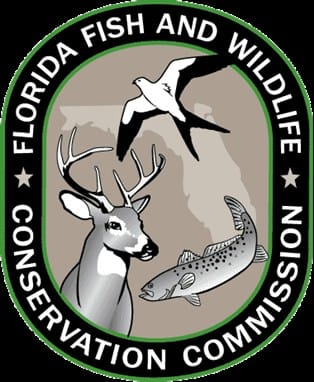Florida Wildlife to Benefit from Thinning Pines on Caravelle Ranch WMA

Florida Fish and Wildlife Conservation Commission (FWC) wildlife managers have finalized a contract with The Forestry Company to thin approximately 1,038 acres of slash pine from Caravelle Ranch Wildlife Management Area (WMA) in Putnam County.
Thinning pine forests is a tool land managers use to improve the habitat for wildlife and plants. Revenue from the sale of the timber is estimated to be approximately $425,000, which will be used for habitat management on the state’s public wildlife management areas.
The tree-cutting will begin shortly and may take up to three years to complete, depending upon weather conditions.
Dense pine forests that consist of only one type of tree are fine for producing timber for harvest, but they offer little value to wildlife. Too many trees of the same age and species per acre shade the forest floor and reduce understory plant diversity.
Wildlife needs forests with a variety of plants and trees of different age groups to survive and be healthy. The goal of this project is to have a self-perpetuating pine forest that can be managed by periodic prescribed fire.
By removing some timber and creating a more open pine forest, more sunlight reaches the ground, which allows different types of shrubs, trees and other vegetation to grow. Thinning thick forests also reduces the risk of wildfire, because there are fewer trees to fuel a fire and those that remain are spaced more widely apart. The result is healthier trees because there is less competition for nutrients, sunlight and water, which means less damage from disease and insects. Fewer trees also provide room for the trees to reproduce naturally, so new generations of pines can replace older trees as they die out.
The objective of the habitat-management plan is for the pine forest to closely match the definition of pine flatwoods, where the forest exhibits the species diversity and composition, physical structure, and general ecological integrity expected for that community type (http://fnai.org/naturalcommunities.cfm). Pine flatwoodsare natural for this area.
The WMA will remain open to public use during the timber operations. Those recreating on the area will be sharing the main road and trails with logging trucks and should take proper precautions. Users should never approach any logging equipment. The operators have limited visibility, and there will be falling trees and flying debris.

